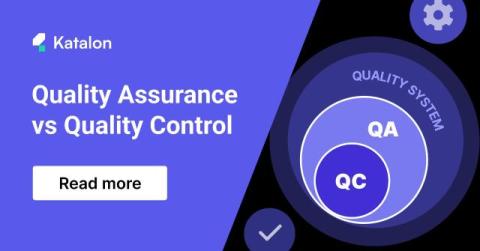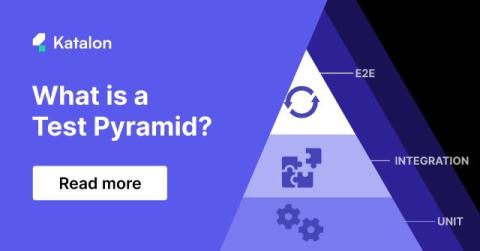What's New in Katalon? Katalon Product Roundup July 2024
Welcome to the July 2024 edition of the Katalon Product Roundup! We’re excited to unveil the latest updates and features designed to enhance your testing experience and streamline your workflows. This release introduces powerful enhancements to Katalon Studio, Katalon Recorder, and Katalon TestCloud. Let’s dive into what’s new!













